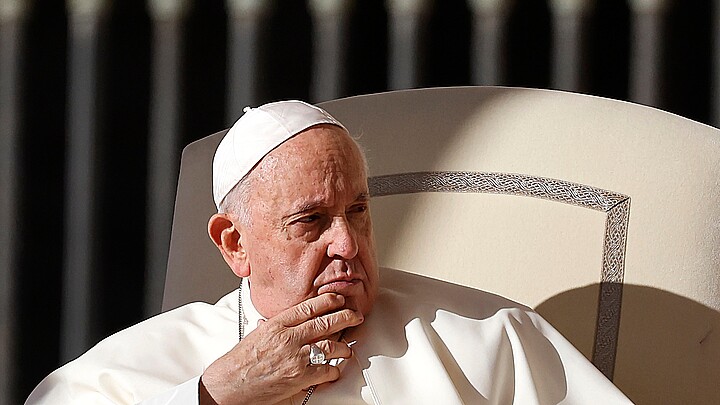Politics
Satellite images depict new Russian troop movements amid demands that Ukraine be blocked from NATO
Russian and U.S. officials will meet after the new year to discuss Moscow's demand that Ukraine not be allowed to join NATO.
December 27, 2021 10:48pm
Updated: December 28, 2021 9:00am
Amid Christmastime demands by Moscow that Kyiv be blocked from joining the NATO alliance, Russia has sent more troops to its border with Ukraine, satellite images show.
Satellite photos revealed that Russia this month has moved infantry vehicles, tanks, artillery, and more into Crimea, according to reports. Additionally, a military unit has arrived near a Russian town that is situated nine miles from the border with Ukraine.
The images from Maxar Technologies, a Colorado-based space technology company, were captured amid increasing tensions between Moscow and Kyiv.
The international community for months has kept a close eye on Russian troop movements near and along the border with Ukraine, prompting speculation that Moscow is poised to launch an assault on Ukraine. While Moscow denies that it plans to invade its neighbor, the Kremlin says that NATO has made a series of moves that could result in armed conflict.
Previously, when Russia has launched attacks outside its borders - such as in Crimea or Georgia - Moscow claimed that it was provoked. Recently, similar rhetoric has resurfaced, with Moscow saying that NATO exercises and routine naval movements are provocations.
Military movements by NATO near the border with Russia are "provocations," Russia’s Deputy Defense Minister Alexander Fomin has charged.
"Lately, the alliance opted for direct provocations, fraught with a great risk of developing into an armed standoff," Fomin said this week at a gathering of foreign military attaches and embassy officials who are stationed in Moscow.
"In January through December this year, NATO’s ships have made 30 visits to the region, in contrast to 23 in 2020," he said. "The overall duration of their presence reached 400 days, in contrast to 359 in 2020."
Actions from Moscow, though, combine provocation with strategic planning, according to Gen. Ben Hodges, former commander of U.S. Army Europe.
"The Kremlin is deploying large numbers of troops and heavy weapons within and near Ukraine's borders in an effort to provoke Ukraine into an action that would give Kremlin hybrid forces an opportunity to use combined force, to coerce Ukraine's Western allies into giving concessions, to reduce the independence gains of former Soviet states, and to dictate the foreign policies of neighbouring nations," Hodges said, according to a Ukrainian news outlet.
Russian forces are primed to “move forward on pretty short notice,” he said.
Russian and U.S. officials will meet after the new year to discuss Moscow's demand for assurances that Ukraine will not be allowed to join NATO, Russian Foreign Minister Sergey Lavrov said last week.










